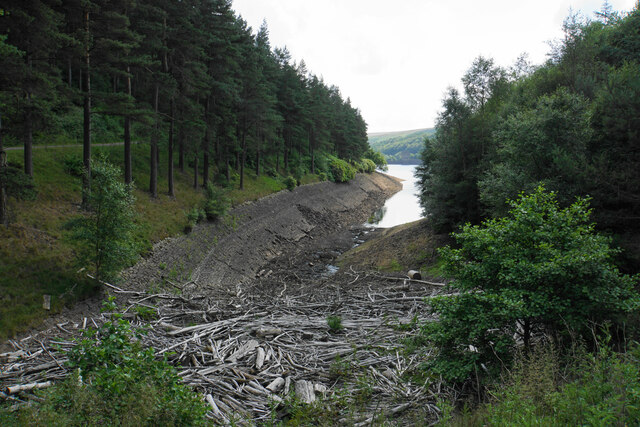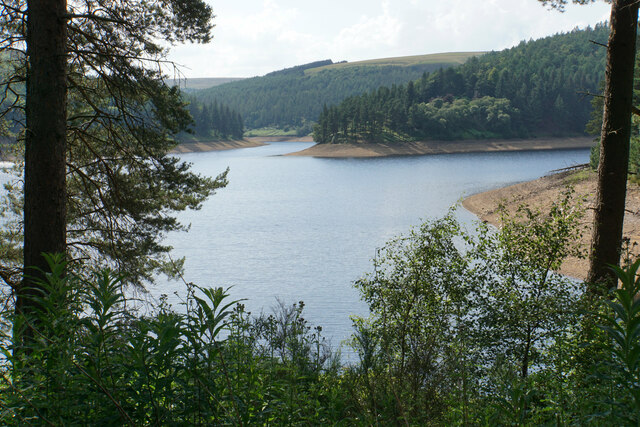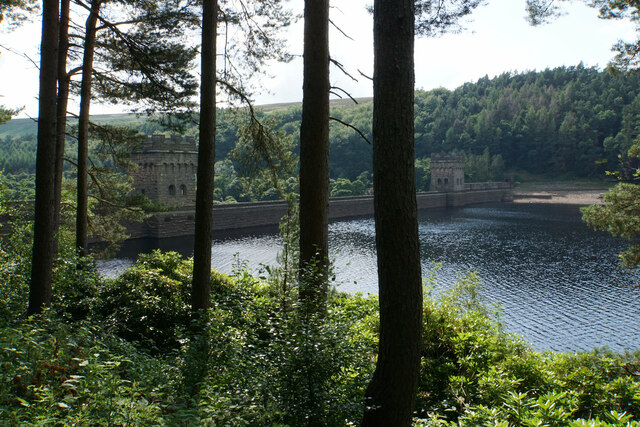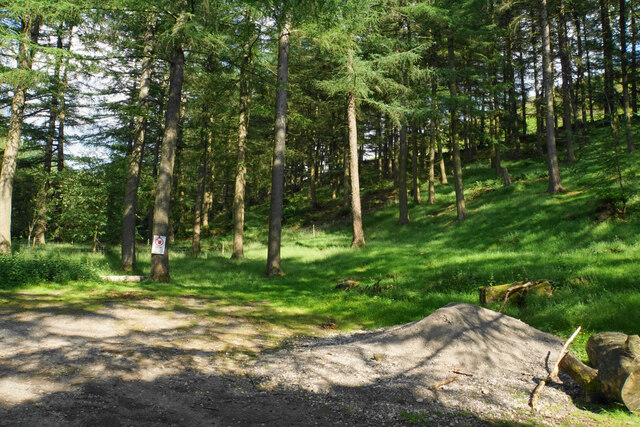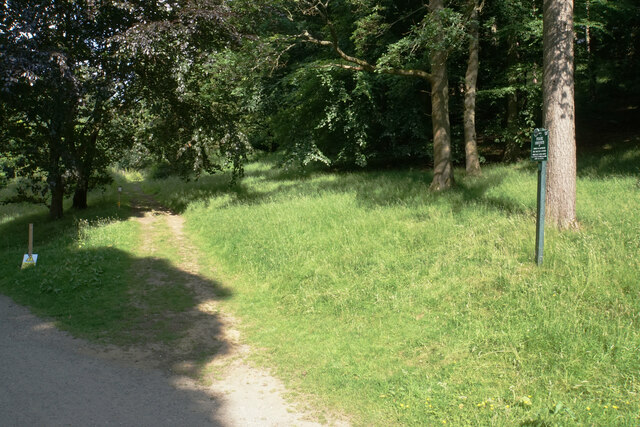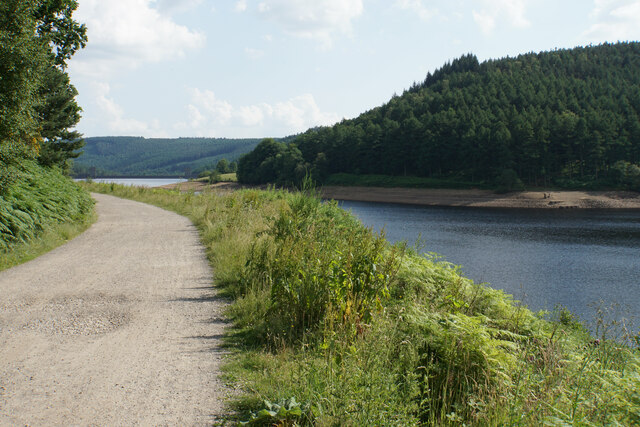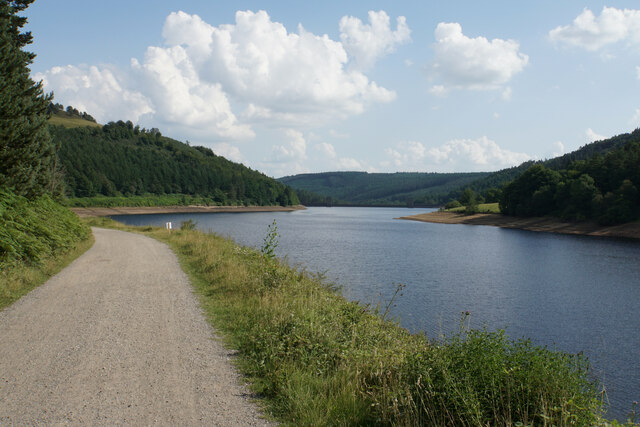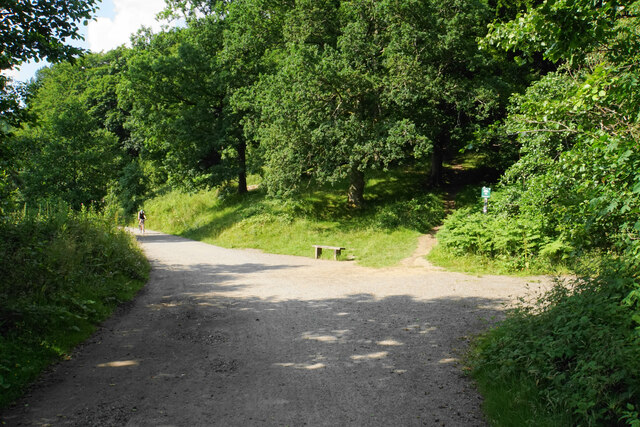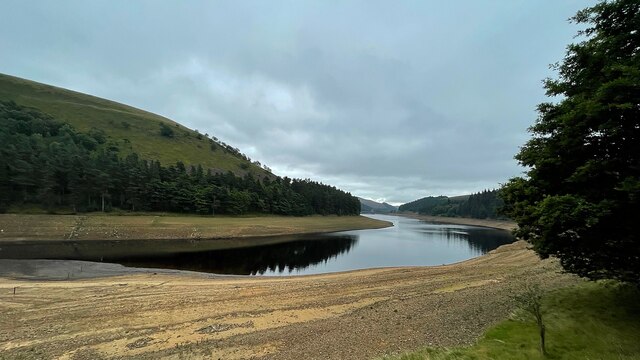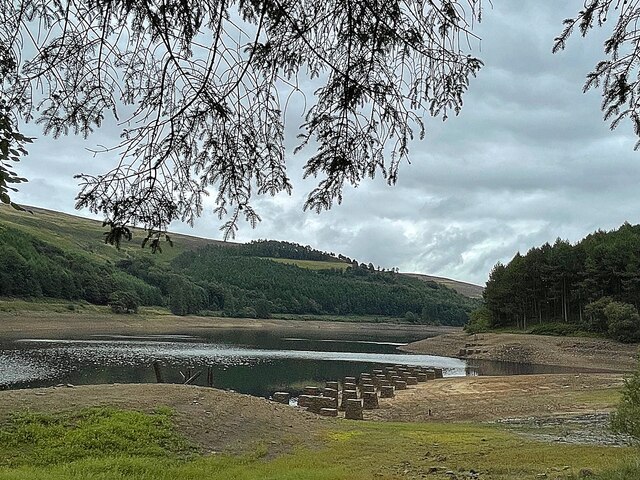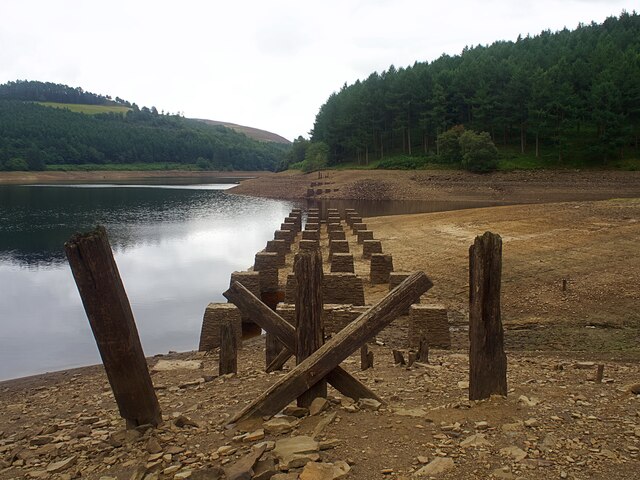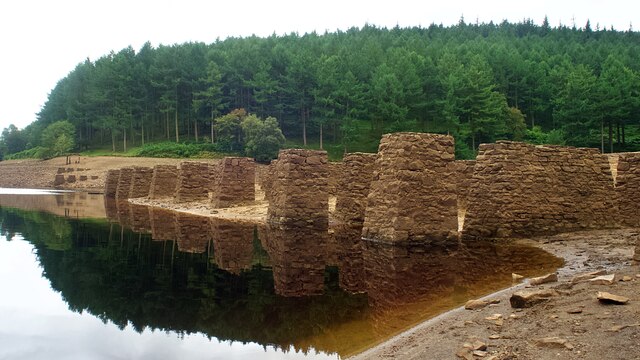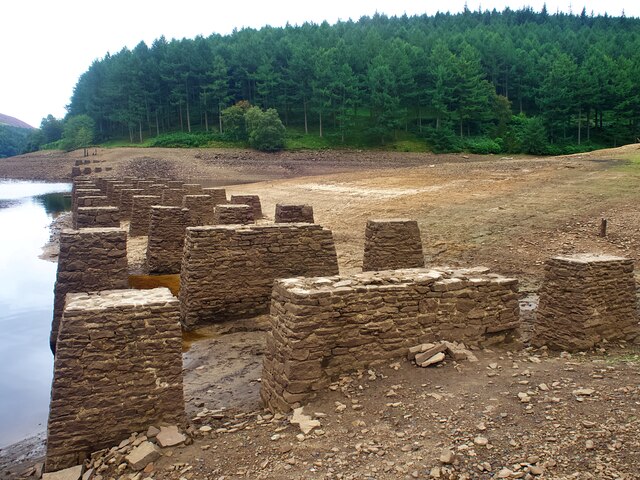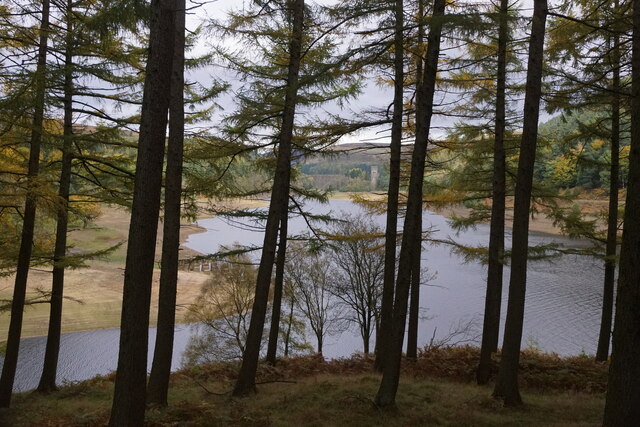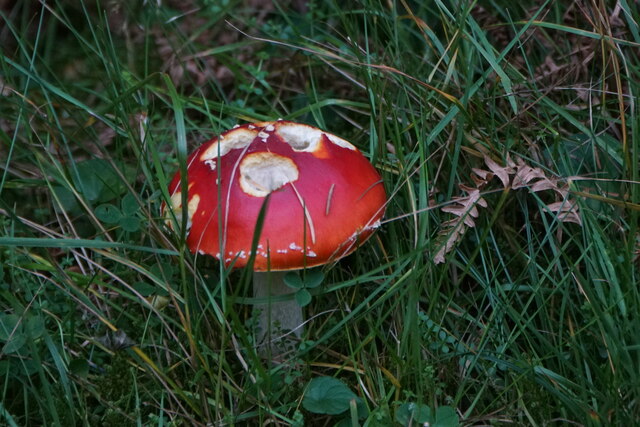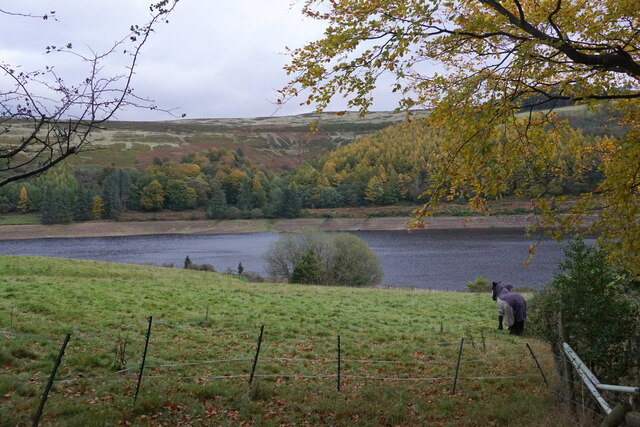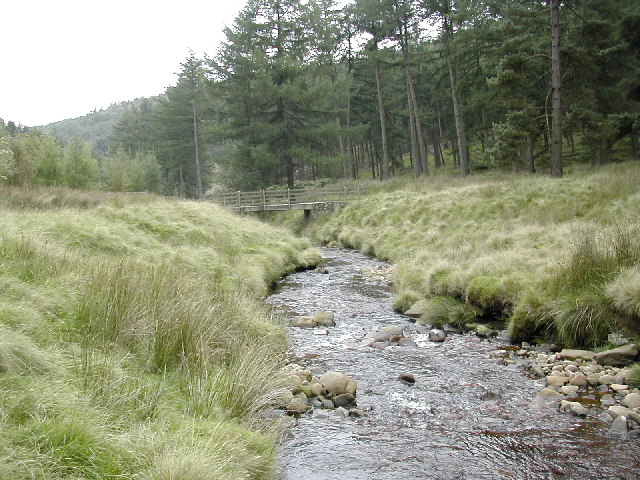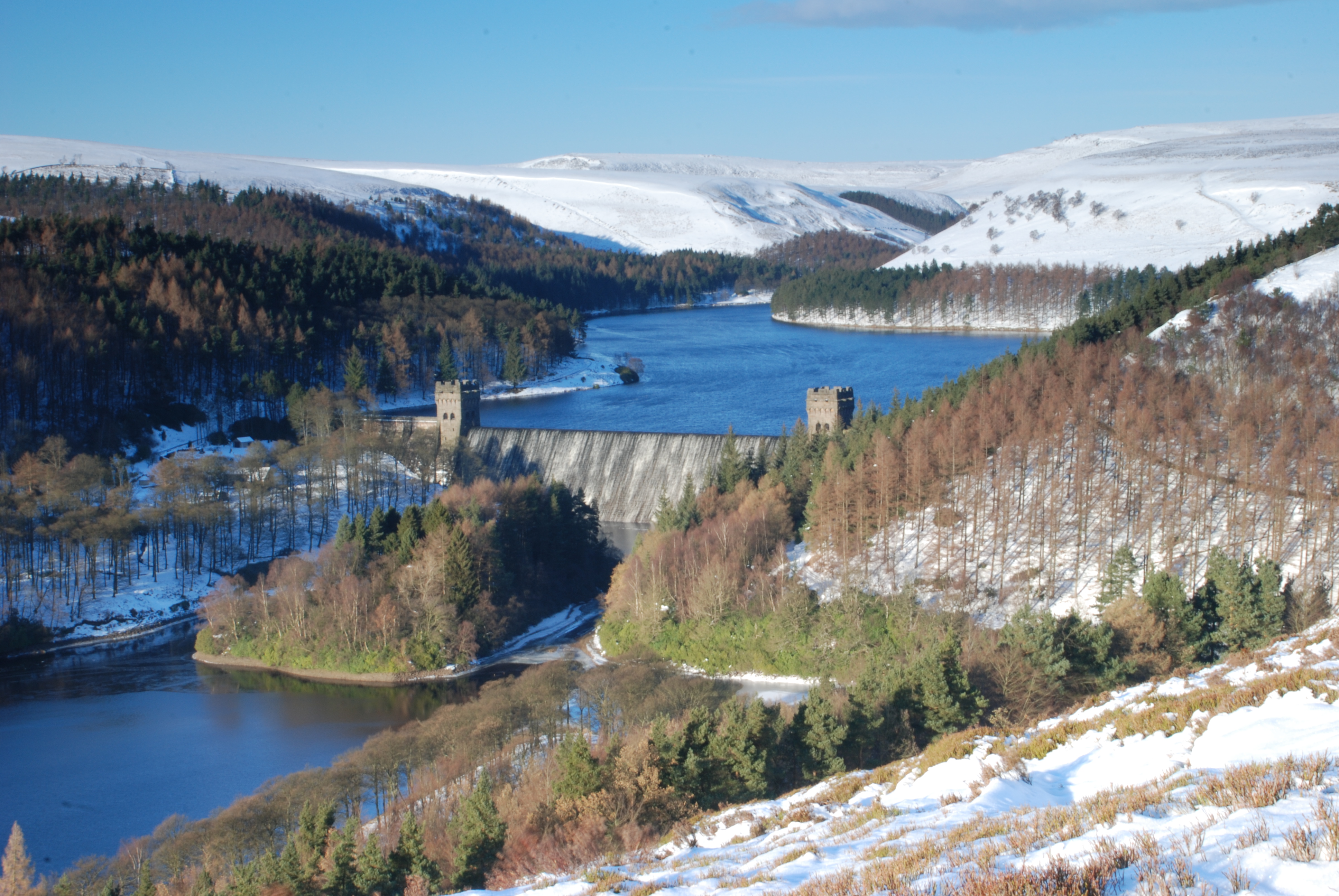New Close Wood
Wood, Forest in Yorkshire
England
New Close Wood
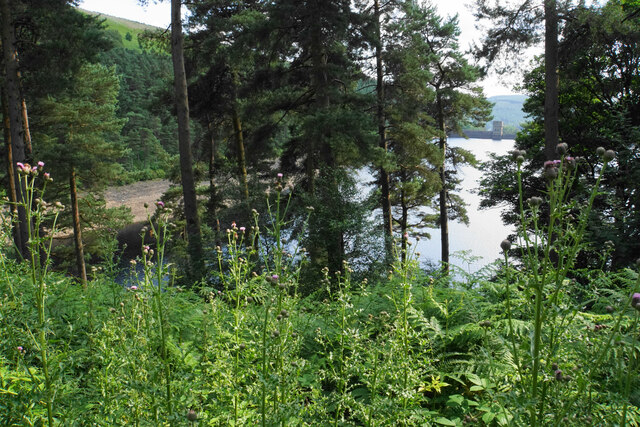
New Close Wood is a picturesque woodland located in Yorkshire, England. Covering an area of approximately 100 acres, it is nestled in the heart of the Yorkshire Dales National Park. The wood is characterized by its dense canopy of towering trees, vibrant undergrowth, and tranquil atmosphere.
Home to a diverse range of flora and fauna, New Close Wood is a haven for nature enthusiasts and wildlife lovers. The ancient woodland boasts a rich variety of tree species, including oak, beech, ash, and birch. These trees provide a habitat for a myriad of bird species, such as woodpeckers, owls, and various songbirds. The forest floor is adorned with a carpet of bluebells in spring, creating a breathtaking display of color.
Visitors to New Close Wood can explore a network of well-maintained footpaths that wind through the forest, allowing for peaceful walks and leisurely strolls. The wood also features a small picnic area, providing a perfect spot for visitors to relax and enjoy the natural surroundings.
In addition to its aesthetic appeal, New Close Wood plays an important role in the local ecosystem. It acts as a carbon sink, absorbing carbon dioxide from the atmosphere and helping to mitigate climate change. The woodland also serves as a natural flood defense, absorbing excess rainfall and reducing the risk of flooding in surrounding areas.
Overall, New Close Wood is a cherished natural gem in Yorkshire, offering a serene escape from the bustling city life and providing a sanctuary for wildlife and nature lovers alike.
If you have any feedback on the listing, please let us know in the comments section below.
New Close Wood Images
Images are sourced within 2km of 53.426544/-1.7362852 or Grid Reference SK1792. Thanks to Geograph Open Source API. All images are credited.
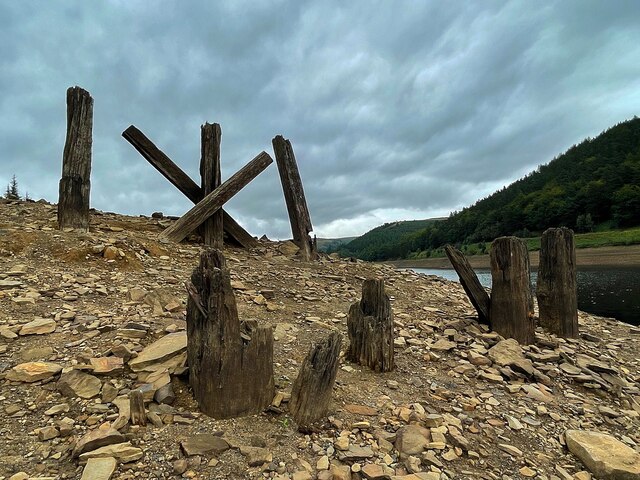
New Close Wood is located at Grid Ref: SK1792 (Lat: 53.426544, Lng: -1.7362852)
Division: West Riding
Unitary Authority: Sheffield
Police Authority: South Yorkshire
What 3 Words
///cuddled.crusted.depend. Near Hope Valley, Derbyshire
Nearby Locations
Related Wikis
River Westend
The River Westend flows through the Dark Peak of the Derbyshire Peak District in England. Its source is at Bleaklow Stones on Bleaklow, from where it...
Howden Reservoir
The Howden Reservoir is a Y-shaped reservoir, the uppermost of the three in the Upper Derwent Valley, England. The western half of the reservoir lies in...
Derwent Reservoir (Derbyshire)
Derwent Reservoir is the middle of three reservoirs in the Upper Derwent Valley in the north of Derbyshire, England. It lies approximately 10 mi (16 km...
Lost Lad
Lost Lad is a hill, 518 metres (1,699 ft) high on the Derwent Edge in the Peak District in the county of Derbyshire in England. It is a subpeak of Back...
Howden Edge
Howden Edge (grid reference SK187943) is a peak in the north-east of the Upper Derwent Valley area of the Peak District National Park in England. At 545...
High Stones
High Stones, at 548 metres (1,798 ft), is the highest point within the boundaries of both the City of Sheffield and South Yorkshire, England.High Stones...
Alport Castles
The Alport Castles are a landslip feature in the Peak District National Park in Derbyshire. At over half a mile long, it is thought to be the largest landslide...
Derwent Edge
Derwent Edge is a Millstone Grit escarpment that lies above the Upper Derwent Valley in the Peak District National Park in the English county of Derbyshire...
Nearby Amenities
Located within 500m of 53.426544,-1.7362852Have you been to New Close Wood?
Leave your review of New Close Wood below (or comments, questions and feedback).
